Your kitchen looks clean, but hidden germs lurk everywhere. This threatens your family’s health daily. Discover how science transforms cleaning from superficial sparkle to true hygiene.
Deep cleaning1 removes invisible pathogens using pH-based chemistry and proper tools. It prevents foodborne illness, extends appliance life, and reduces stress through NSF-tested methods2 for high-risk zones like sinks and cutting boards.
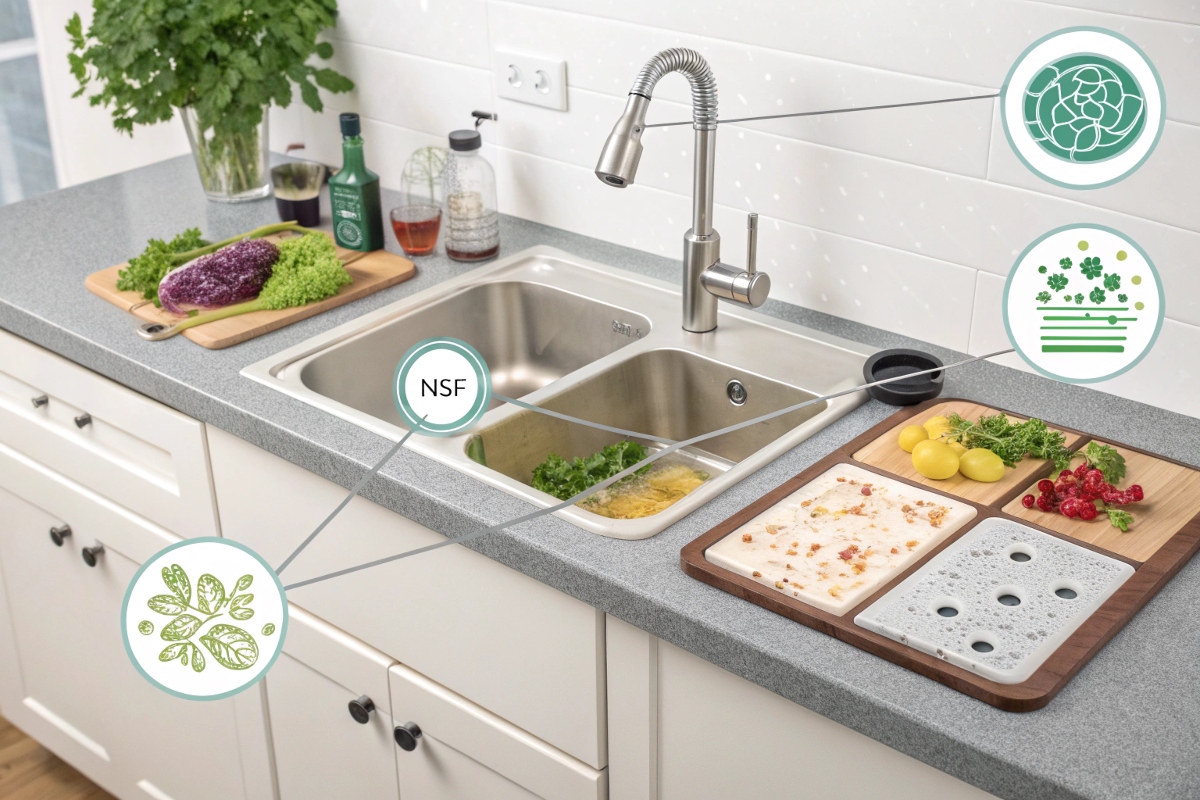
Germs multiply quickly on damp surfaces. Let’s explore why basic wiping fails against resilient bacteria.
Why Does a Truly Deep Clean Kitchen Matter Beyond Just Looks?
Germ colonies thrive where you prepare meals. These microorganisms cause food poisoning and respiratory issues. Science proves regular cleaning misses dangerous pathogens.
Deep cleaning eliminates 99.9% of germs3 in critical zones like sinks and countertops. It prevents appliance damage, deters pests, and reduces mental clutter. NSF studies show sponges harbor more bacteria than toilet seats4.

Effective cleaning requires understanding your tools’ chemistry.
Cleaning Agent Science
| Agent | pH Level | Best For | Limitations |
|---|---|---|---|
| Baking soda | Alkaline | Grease cutting, deodorizing | Weak disinfectant |
| White vinegar | Acidic | Mineral deposits, mild disinfecting | Ineffective on grease |
| Hydrogen peroxide | Neutral | Disinfecting, stain removal | Requires safety handling |
Microfiber cloths outperform cotton by trapping microbes in tiny fibers. Steam cleaners sanitize without chemicals but struggle with baked-on grease. Avoid disposable wipes for environmental and effectiveness reasons.
How Do You Build Your Deep Clean Arsenal?
Choosing wrong tools spreads germs. Abrasive pads scratch surfaces while weak cleaners leave biofilms. Science matches solutions to specific grime types.
Select pH-specific agents for different soils: alkaline cleaners dissolve grease, acids remove hard water stains. Combine microfiber cloths with scrub brushes for sealed surfaces. Always pre-clean with vacuum attachments.

Strategic cleaning order prevents recontamination.
Tool Selection Guide
- Microfiber cloths: Three types
- General (300+ GSM)
- Glass (weave pattern)
- Scrubbing (textured surface)
- Mechanical tools:
- Scrapers for glass/ceramic
- Toothbrushes for crevices
- Steam cleaners for sanitization5
Steam reaches 212°F (100°C) to kill salmonella and E. coli. Store tools dry to prevent bacterial growth. Sanitize sponges daily in boiling water or dishwasher.
What’s the Strategic 10-Step Deep Clean Process?
Random cleaning wastes effort. Top-down methodology6 prevents dust resettling. Each step builds on the last for maximum efficiency.
Work systematically: 1) Declutter 2) Dust top-down 3) Clean appliances 4) Sanitize surfaces 5) Degrease cooktops 6) Disinfect sinks 7) Refresh refrigerators 8) Scrub trash cans 9) Finish floors 10) Implement maintenance routines.
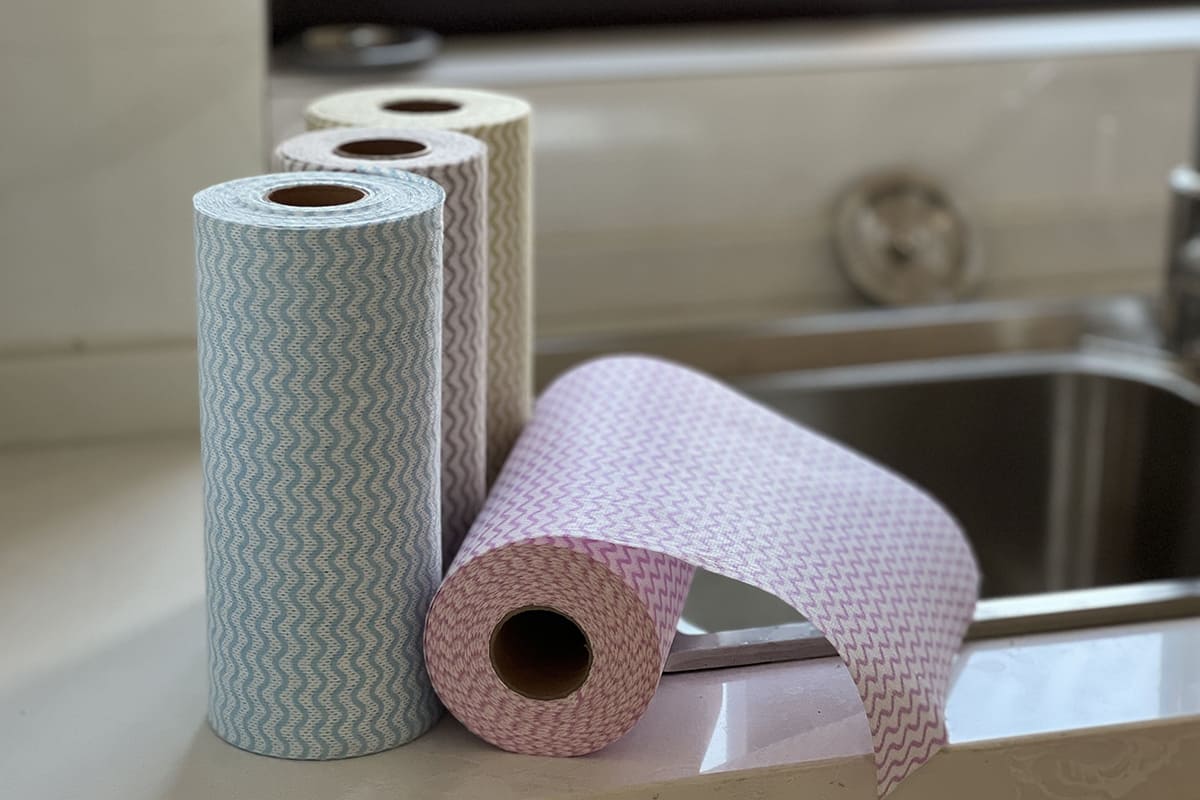
Critical zones demand special attention.
High-Impact Cleaning Techniques
- Sink Sanctuary:
Combine baking soda and vinegar7 for fizzy drain cleaning. Follow with enzymatic cleaner weekly. - Refrigerator Revival:
Clean seals with vinegar solution to prevent mold. Place baking soda box for odor control. - Oven Solutions:
"For severe buildup, commercial cleaners work fastest but require ventilation. Natural paste needs 12+ hour dwell time."
Gas burner components soak best in hot soapy water. Glass cooktops need razor scrapers at 45-degree angles. Always wear gloves with hydrogen peroxide.
Can You Maintain Gleam Without Constant Deep Cleaning?
Daily messes quickly undo deep cleaning. Spills become stains; crumbs attract pests. Prevention habits are your maintenance shield.
Establish routines: daily wipe spills immediately, weekly disinfect high-touch areas, monthly deep clean appliances. Use splatter screens while cooking and sink strainers to catch debris.
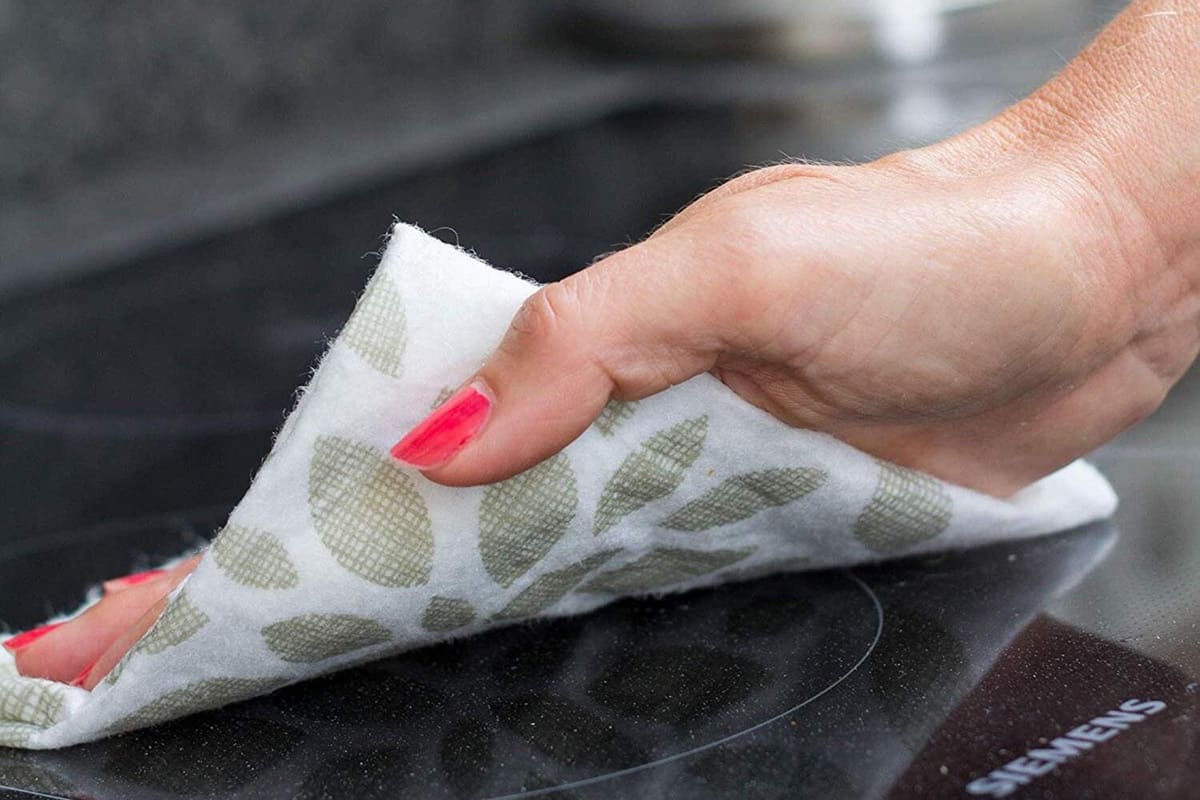
Consistency beats marathon cleaning sessions.
Sustainable Habit Building
| Frequency | Tasks | Time Required |
|---|---|---|
| Daily | Counter wipe-down, dish management | 5 minutes |
| Weekly | Appliance surfaces, trash disinfection | 15 minutes |
| Monthly | Refrigerator organization, drain cleaning | 30 minutes |
For recurring issues, identify root causes: greasy cabinets8 indicate inadequate range hood cleaning, while drain flies signal organic buildup. When grout discoloration persists, call professional cleaners.
Conclusion
Deep cleaning creates healthier kitchens. Maintenance preserves results. Start today for lasting benefits.
Elbert Zhao
Founder, Elbert Wipes Solutions
📧 [email protected] | 🌐 www.elbertwipes.com
8 production lines | 22 processing lines | OEKO-TEX® certified
-
Explore this link to understand how deep cleaning can enhance your kitchen hygiene and protect your family’s health. ↩
-
Learn about NSF-tested methods to ensure your cleaning practices are scientifically proven for safety and effectiveness. ↩
-
Discover how deep cleaning can significantly improve kitchen hygiene and safety, ensuring a healthier cooking environment. ↩
-
Learn about shocking findings on kitchen sponges and bacteria, and how to keep your kitchen safe from harmful germs. ↩
-
Explore this link to understand how steam cleaners effectively eliminate germs and bacteria, ensuring a healthier environment. ↩
-
Discover the advantages of a top-down cleaning approach, which helps prevent dust from resettling and maximizes your cleaning efforts. ↩
-
Explore how this powerful duo can tackle tough stains and odors effectively, making your cleaning routine easier. ↩
-
Understanding the causes of greasy cabinets can help you maintain a cleaner kitchen and improve your cooking environment. ↩

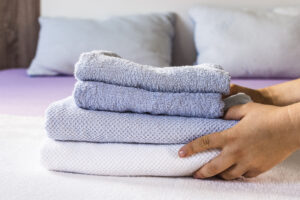

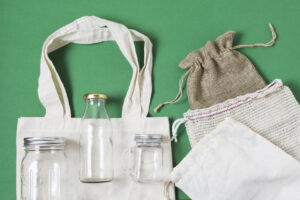


2 Responses
https://shorturl.fm/EdjgJ
Thanks!